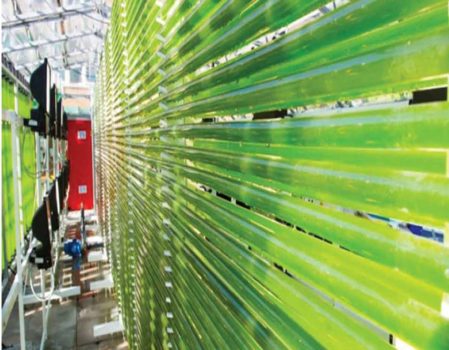
Review: Cyanobacterial metabolites as a source of sunscreens and moisturizers
Plant Science Research Weekly, Research0 Comments
/
The cosmetic industry uses a lot of different chemicals to produce the seven or so skin care products used by the average American every day. Efforts are underway to develop renewable sources for some of these. Derikvand et al. review the chemistry and potential applications behind compounds used by…
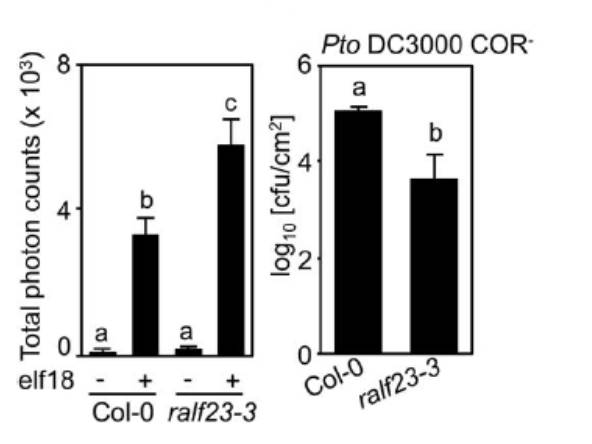
Peptide-mediated regulation of receptor scaffolding in plant immune signaling ($)
Plant Science Research Weekly, ResearchContinuing the theme of peptide signaling, Stegmann et al. showed that a subset of the RALF (RAPID ALKALINIZATION FACTOR) family of plant peptides can negatively regulate plant immune responses. When plants are treated with flg22, a peptide epitope of bacterial flagellin, they produce reactive oxygen…
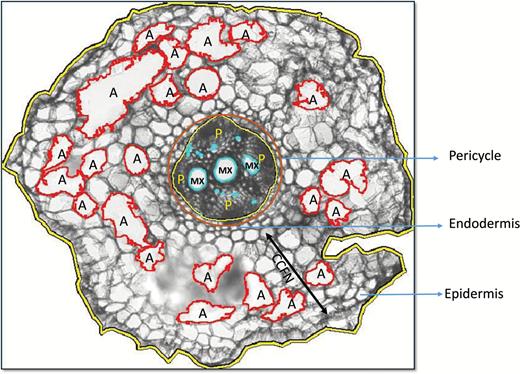
Root xylem plasticity to improve water use and yield in water-stressed soybean
Plant Science Research Weekly, ResearchRoot architecture and anatomy contribute to water uptake efficiency and plant performance under water-limitation. Prince et al. explored root anatomy in a panel of soybean, and identified metaxylem number as a key trait influencing performance under water-limiting conditions. Increases in metaxylem number…

Water deficit-induced changes in transcription factor expression in maize seedlings ($)
Plant Science Research Weekly, ResearchUnderstanding plant responses to water deficit is crucial for the development of drought-reliance, but complicated by the different ways plant researchers induce water deficit. Starting with the premise that transcription factors are important coordinators of water-deficit responses, Seeve et al. carried…

Fine-tuning plant growth in the face of drought
Research, The Plant Cell, The Plant Cell: In BriefIN BRIEF by Kathleen L. Farquharson [email protected]
Limiting shoot growth is an important survival strategy for plants during times of drought; smaller leaves mean that less water is lost through transpiration and more is retained in the soil. As drought stress restricts both cell division and…
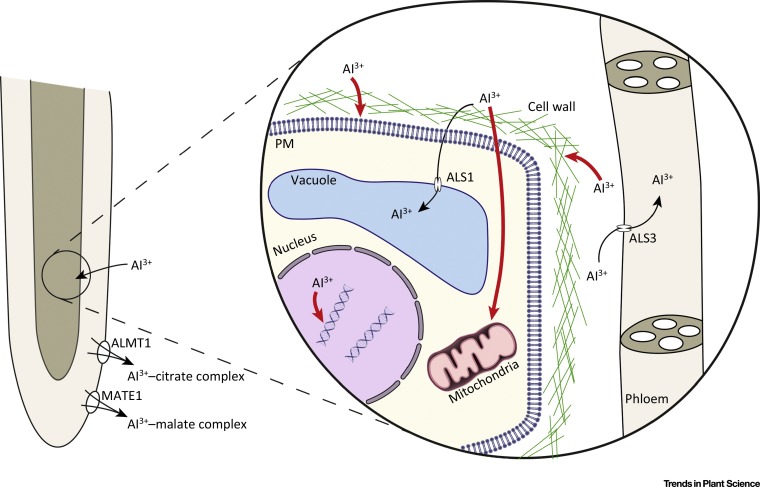
Review: DNA Checkpoints and Aluminum Tolerance ($)
Plant Science Research Weekly, ResearchAluminum (Al) toxicity is an important agricultural problem, limiting crop production globally. Al toxicity causes a reduction in nutrient uptake, resulting in nutritional deficiency and leading to an overall reduction in shoot biomass and crop yield. Eekhout et al. discuss Al toxicity and strategies…
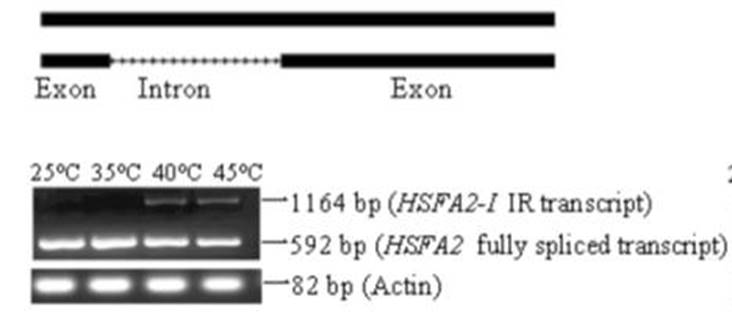
Integrating omics reveals insights into grape response to high temperature
Plant Science Research Weekly, ResearchHeat stress is one of the main abiotic stresses plants encounter. Jiang et al. used combined transcriptomic and proteomic data to explore the responses of grape leaves to elevated temperatures (35, 40, 45°C). Using high-throughput sequencing and the iTRAQ (isobaric tags for relative and absolute quantitation)…

Calcium Deficiency Triggers Phloem Remobilization of Cadmium
Plant Science Research Weekly, ResearchCadmium (Cd) is among the most toxic heavy metal to humans. Contamination of Cd in soils poses a serious threat to both crop productivity and human health in many parts of the world. Understanding the molecular mechanisms of Cd transport process will help in developing plants for soil remediation and…

Iron acquisition and saline-alkaline tolerance in rice
Plant Science Research Weekly, ResearchSoil saline-alkalization is a major abiotic stress to agriculture worldwide, causing considerable damage to crop growth and loss of crop productivity. In alkaline soil, iron availability to plants also becomes very limiting. This paper explores the physiological and molecular mechanisms of rice plant’s…

